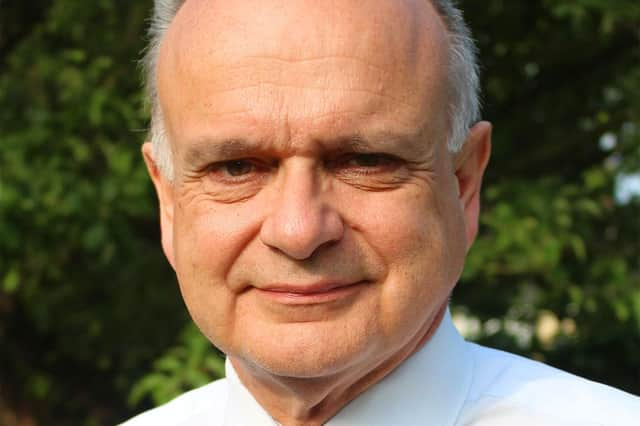Electrification of the rail network could be a case of 'levelling up' - Phil Smart


This confidence is strengthened by the re-appointment of Michael Matheson as the Cabinet Secretary for Net Zero, Energy and Transport, formerly known as Transport, Infrastructure and Connectivity. This broadened remit is seen as bringing an even sharper focus on the link between energy generation and its use in transportation.
For rail, this means more electrification with alternative technologies (battery or hydrogen) only likely for the remote lines north of Inverness, north-west of Helensburgh, and those to the south-west of Ayr. But how is this to be delivered?
Advertisement
Hide AdAdvertisement
Hide AdTransport Scotland Network Rail and ScotRail were given a remit to decarbonise passenger services by 2035. Their approach has been guided by rolling stock replacement, including the interim use of bi-mode trains pending their transfer to more remote lines, and how new electric trains might be phased in with associated crew training and depot provision. The need to avoid wasted resources is necessary to support the business case and keep the cost of electrification within budget.
Getting electrification right is challenge enough for the passenger railway. But it soon became obvious that this approach did not address the needs of freight as well. Although it is possible to tackle easier sections first and deploy independently powered multiple units until more challenging sections are tackled later, this is of little use to freight for whom no similar choice is currently available.
While there are a variety of technologies available for ‘human cargo’, the options for freight are constrained by the laws of physics.
This challenge has been recognised and the voice of freight is now being heard at the ‘top table’ and electrification schemes now include freight provision including rail lines to Grangemouth. This is welcomed by Rail Freight Group (RFG) whose members watch with interest. While much is known about the life expectancy of passenger rolling stock to assist in shaping electrification priorities, the needs of freight operators must be given equal weight. Investment decisions will need to be made very soon if the benefits of electrification are to be extended to the freight sector. Freight operators are only the intermediary between the rail network and their paying customers who are under increasing pressure to remove carbon from their supply chains.
This challenge is compounded by the volume of cross border freight flows. The decarbonisation of freight in Scotland can only be achieved if a similar commitment is made south of the border, including power supply upgrades on those lines already electrified such as the East Coast Main Line.
The recent publication of the Williams-Shapps white paper by the Westminster government gives cause for optimism. The new Great British Railways is to be given targets to promote freight, as has been the case for some time in Scotland, and to make the best overall economic use of the network. We now await the publication of their transport decarbonisation strategy as the test of their commitment to electrification south of the border. A case of levelling up?
Phil Smart, Assistant Policy Manager, Rail Freight Group
Comments
Want to join the conversation? Please or to comment on this article.